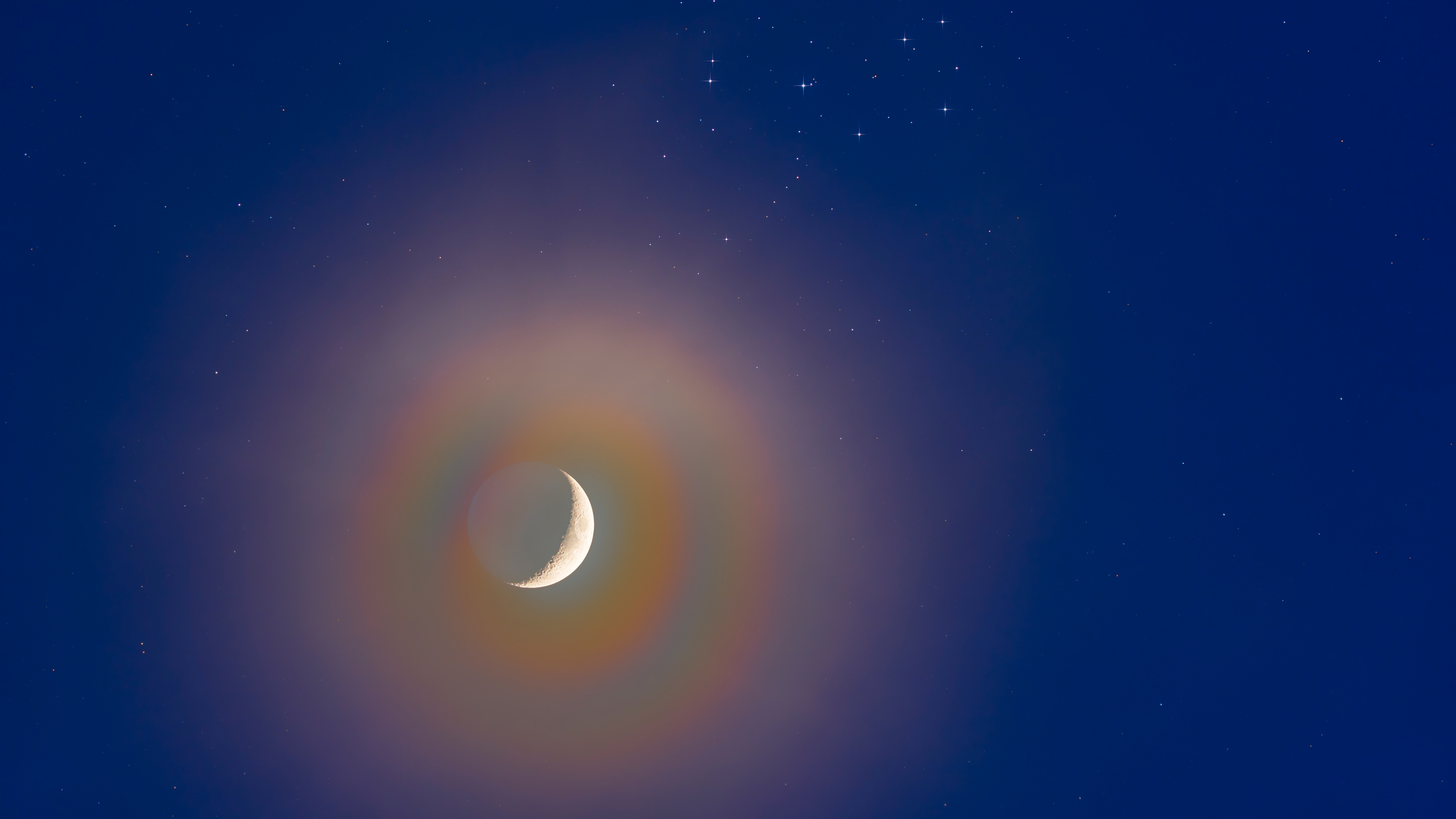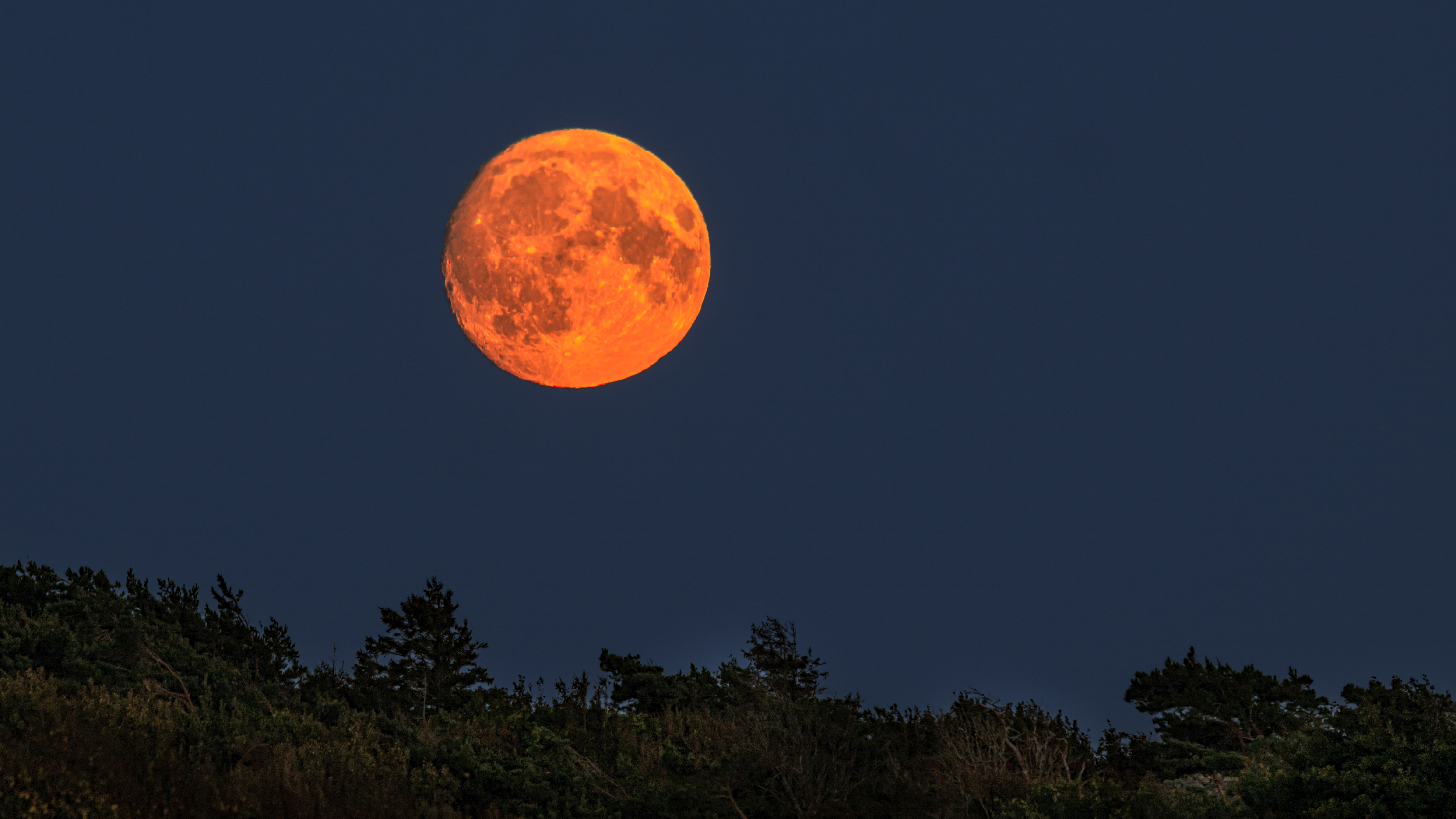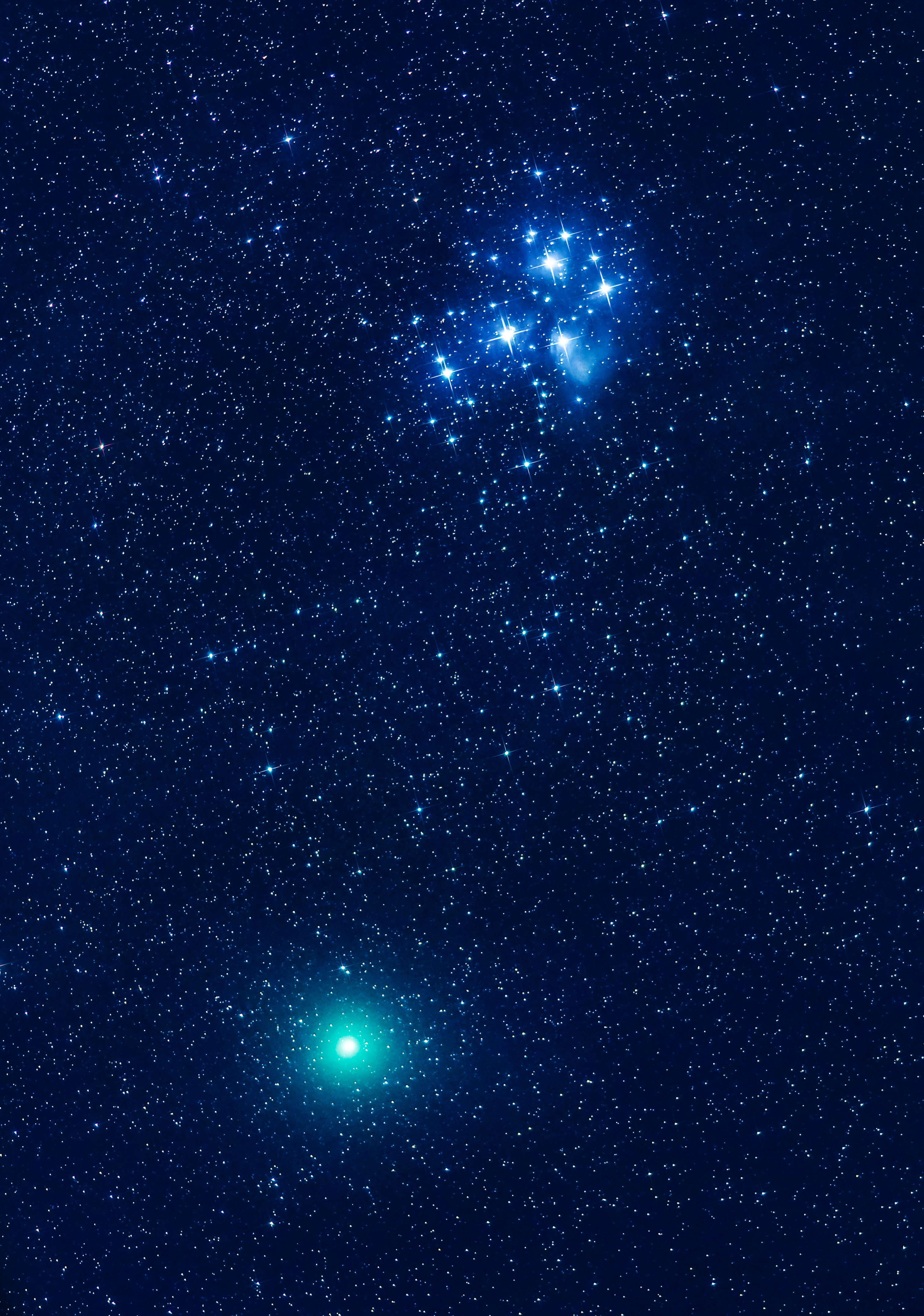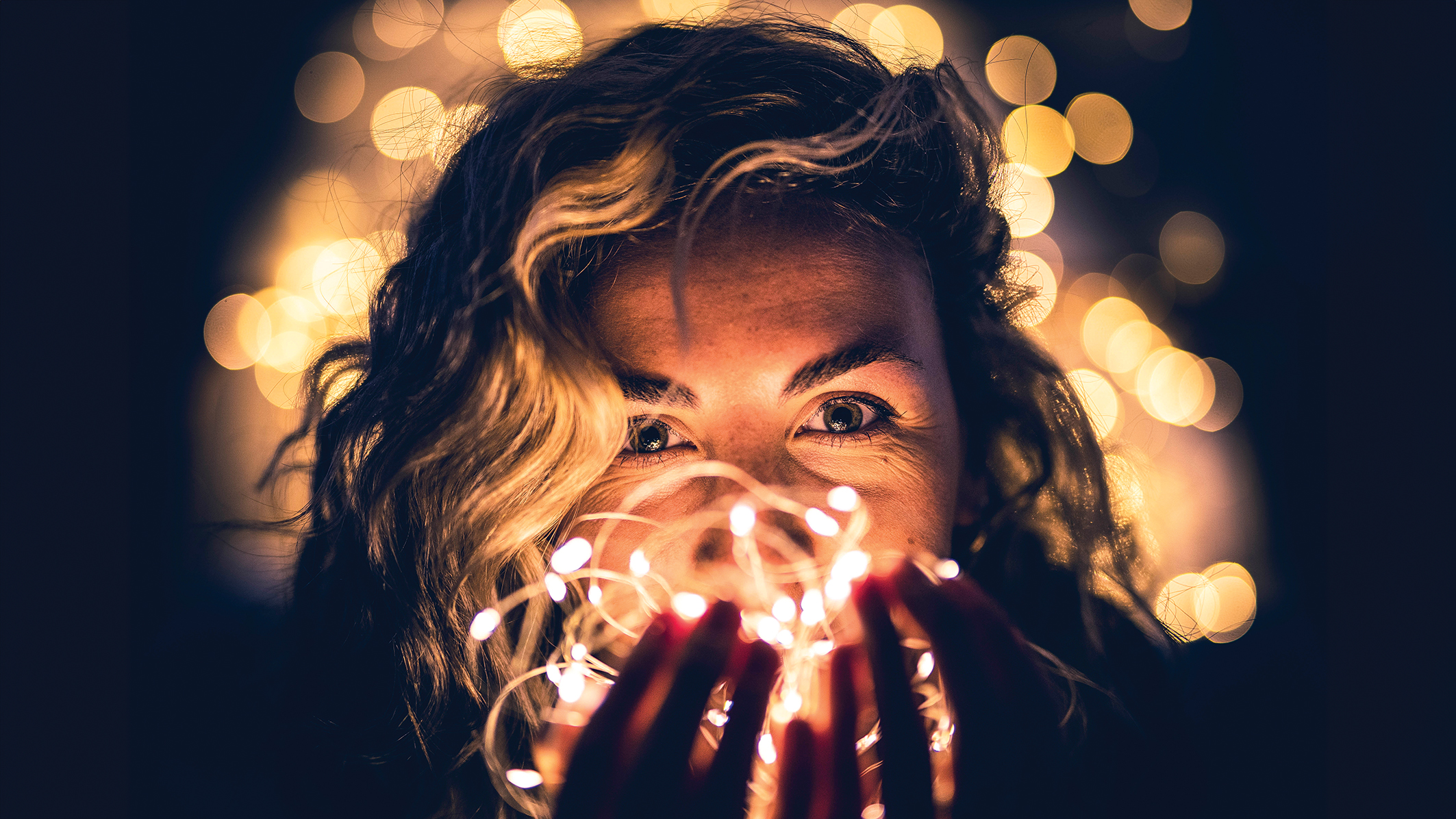Astrophotography in May 2025: what to shoot in the night sky this month
Here’s everything you need to know about what’s happening in the night sky this month
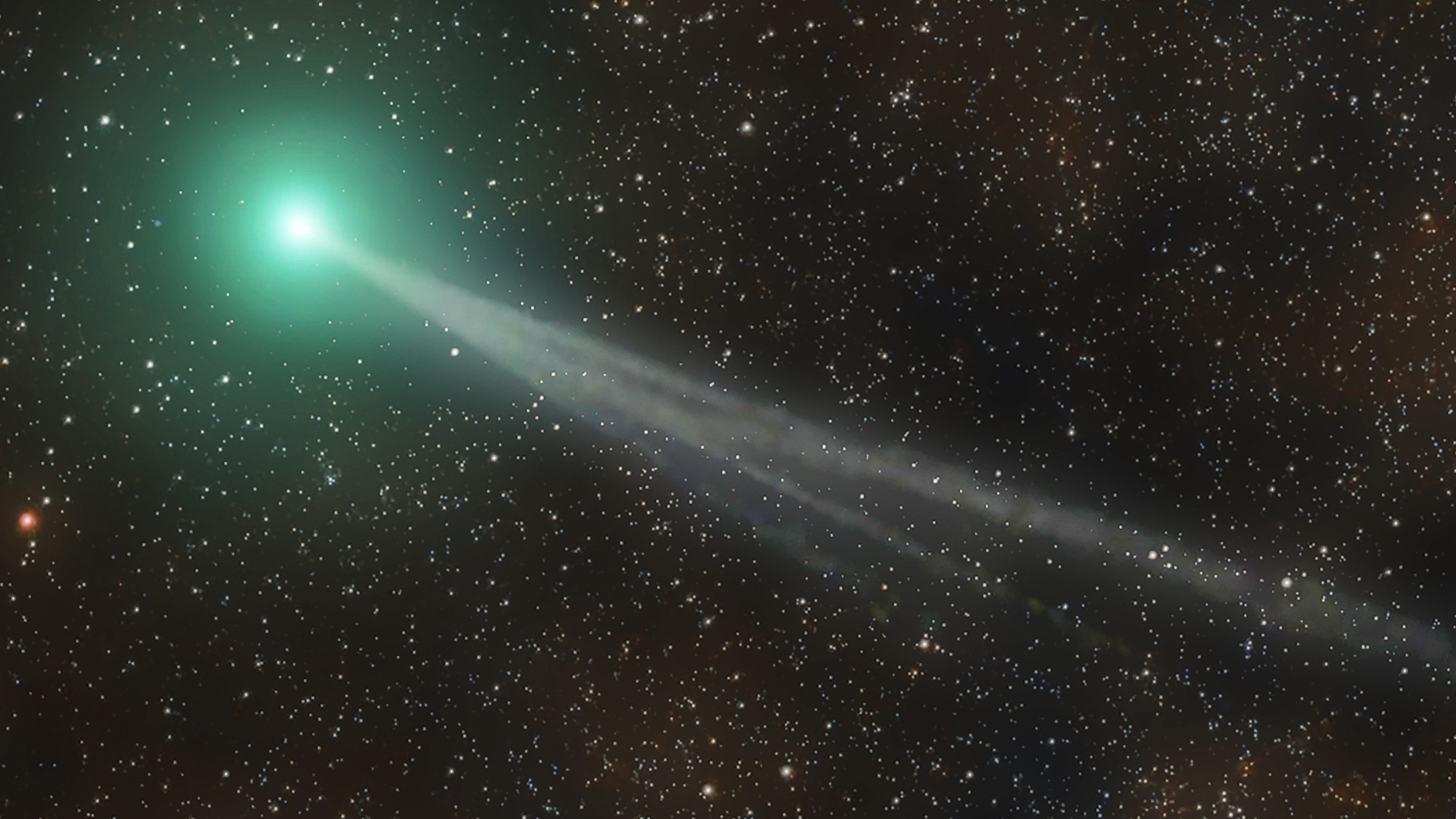
Arguably, the highlight for astrophotographers this month is comet C/2025 F2 (SWAN)’s brush with the Pleiades open cluster to open the month, but there’s also a major meteor shower and full moon to plan for. Here’s everything you need to know about astrophotography in May 2025:
Thursday, 1 May: Crescent moon and planets
If you’re yet to capture “Earthshine” on a crescent moon, May 2025 is the month for plenty of practice. Your first chance comes tonight when a quarter-lit crescent moon will be positioned between Jupiter and Mars in the west soon after sunset. The brightly lit area of the moon will be obvious, but so will the dark side of the moon because it will be flooded with reflected light from Earth. Ultra-wide-angle lenses (such as 14mm) tend to natively capture the phenomenon, but you’ll need to experiment with ISO with others — just keep the exposure short. More post-sunset opportunities to capture “Earthshine” will come at the end of the month.
See below for another highlight to image on 1 May — comet C/2025 F2 (SWAN).
Read: When to photograph the moon
Saturday, 3 May: Mars, Moon and the Beehive Cluster
Although the almost half-lit moon isn’t at a particularly interesting point in its orbit, astrophotographically speaking, tonight it will be close not only to Mars but also to a stunning open cluster of stars. The exact arrangement will depend on where you are on the planet, but the sight of a 45%-lit moon, the red planet and the Beehive Cluster (also known as M44) will surely be imaged and promoted online, not least because it also happens to be International Astronomy Day.
Read: The best star tracker camera mounts
Monday-Tuesday, 5-6 May: Eta Aquariid meteor shower

Although it begins on 19 April and continues through 28 May, overnight tonight is when the annual Eta Aqauriid meteor shower peaks. The product of dust and debris left in the inner solar system by Halley’s comet — which last visited in 1986 — “shooting stars” should number about 10 to 20 per hour. The best time to observe and image will be in the early hours, between midnight and dawn. Technically, the Southern Hemisphere is where the most meteors will be seen, though they’re also visible in the Northern Hemisphere.
The best camera deals, reviews, product advice, and unmissable photography news, direct to your inbox!
To capture meteors, use a wide-angle lens and a tripod. Orient your camera generally southeast and use a low f-number (such as f2.8), an ISO of between 800 and 3200, and an exposure of about 20-30 seconds. Once you’ve created a great-looking image of the night sky — with sharp stars (zoom in on your camera’s LCD screen to achieve that) — take image after image in the hope that it will include a sudden meteor. They only take a millisecond to appear and vanish.
Read: Astrophotography: How-to guides, tips and videos
Monday, 12 May: May’s full ‘Flower Moon’
The full moon is not typically seen as an interesting object for astrophotographers. After all, the terminator — the line between day and night on the moon — is where long shadows are thrown by craters and mountains, and that’s not on show during the moon’s full phase. However, there are few more beautiful images in nature than the appearance of a deep orange full moon on the eastern horizon each month. Find out the exact time of moonrise where you are and get in position shortly before, having already scouted a place where it will appear next to a building, bridge or mountain using the PhotoPills app and/or The Photographer's Ephemeris. Always consider the rule of thirds.
Read: How to photograph the full moon
Tuesday, 20 May: May’s dark sky window opens
Given the solstice next month, here’s your last chance for some serious darkness for a few months — particularly if you live at northerly latitudes. Today its last quarter moon when the moon rises half-lit around midnight and sets at midday. In the ensuing week, it will rise about 50 minutes later and shrink each night, eventually rising as a crescent just before sunrise before becoming an invisible new moon. In practical terms, it means 10 nights with no moonlight before midnight and mostly after, too, which makes this period ideal for astrophotography. Go forth and make deep-sky observing plans through Friday, 30 May — and hope for clear skies!
Read: The best cameras for astrophotography
Astrophotography Shot of the Month: Comet C/2025 F2 (SWAN) and the Pleiades
After several years with no significant comets, the last few years seem to have brought a bevy of space rocks hurtling through the solar system. The likes of comet F3 NEOWISE in 2020 and last year’s comet A3 Tsuchinshan-ATLAS aside, most have been rather dim. Cue C/2025 F2 (SWAN), which was discovered in late March.
Briefly visible to those in the Northern Hemisphere in early-to-mid April, C/2025 F2 (SWAN) got closest to the sun on 1 May and promises to shine at 5th-magnitude low in the western sky after sunset.
As a bonus, it will be close to the Pleiades on 1 May, one of the night sky’s most beautiful open clusters. However, the observing window for those north of the equator is short; by 7 May, comet C/2025 F2 (SWAN) will be on show only to those in the Southern Hemisphere.
Expert comet photographer Gerald Rhemann uses a 12-inch f3.6 ASA astrograph and an ASI ZWO 6200 MM Pro camera, though a comet can be captured using any DSLR or mirrorless camera with at least a 300 mm telephoto lens or a small telescope with at least 500mm focal length and a CCD camera. Use the lowest f-number possible with your lens and long exposures, using the 500 rule to avoid blurring stars (or an equatorial mount).
Read more:
• The best light pollution filters

Jamie has been writing about photography, astronomy, astro-tourism and astrophotography for over 15 years, producing content for Forbes, Space.com, Live Science, Techradar, T3, BBC Wildlife, Science Focus, Sky & Telescope, BBC Sky At Night, South China Morning Post, The Guardian, The Telegraph and Travel+Leisure.
As the editor for When Is The Next Eclipse, he has a wealth of experience, expertise and enthusiasm for astrophotography, from capturing the moon and meteor showers to solar and lunar eclipses.
He also brings a great deal of knowledge on action cameras, 360 cameras, AI cameras, camera backpacks, telescopes, gimbals, tripods and all manner of photography equipment.
You must confirm your public display name before commenting
Please logout and then login again, you will then be prompted to enter your display name.
